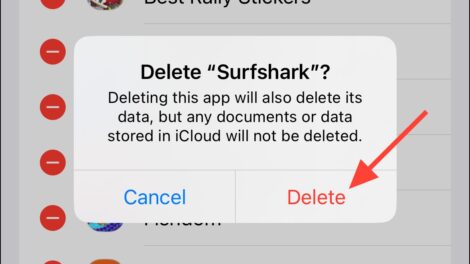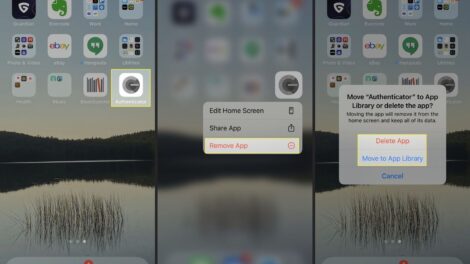Finality, it’s a concept that carries weight in the realm of cloud computing. As businesses and individuals alike embrace the power of Amazon Web Services (AWS), the decision to sever ties with this potent platform is not one to be taken lightly. Whether you’re seeking a fresh start, migrating to an alternative provider, or simply wish to purge your digital footprint, deleting your AWS account demands careful planning and precise execution.
Why Should You Delete Your AWS Account?
Before we delve into the intricate process of account deletion, let’s explore the compelling reasons that might compel you to take this momentous step:
1. Regulatory Compliance
Certain industries and jurisdictions have strict data privacy and security regulations, which may require the complete removal of sensitive data from cloud platforms like AWS. Deleting your AWS account can help ensure compliance with these regulations and mitigate potential legal risks.
2. Cost Optimization
If you’re no longer actively using AWS services or have migrated to an alternative cloud provider, deleting your account can help you avoid unnecessary costs and potential billing issues associated with idle resources or forgotten services.
3. Data Privacy and Security
While AWS implements robust security measures, some organizations or individuals may choose to delete their AWS account as an additional step in safeguarding sensitive data and minimizing potential exposure or breaches.

The Step-by-Step Guide to Deleting Your AWS Account
Now that you’re aware of the potential reasons for deleting your AWS account, it’s time to embark on the intricate process. Follow these steps carefully to ensure a complete and successful account deletion:
1. Back Up Your Data
Before initiating the account deletion process, it’s crucial to back up any data or resources you wish to retain. AWS provides various data backup and export tools, such as AWS Data Pipeline, AWS Snowball, and AWS Storage Gateway, to assist you in securely transferring your data to an alternative location.
2. Cancel or Delete AWS Services and Resources
Once you’ve backed up your data, navigate to the AWS Management Console and systematically cancel or delete all active services and resources associated with your account. This includes terminating EC2 instances, deleting S3 buckets, revoking IAM roles and policies, and deactivating any other AWS services you’ve been using.
3. Close AWS Support Cases
If you have any open support cases with AWS Support, ensure that they are resolved or closed before proceeding with the account deletion process. Failure to do so may result in delays or complications during the account closure.
4. Cancel or Terminate Remaining Billable Services
Even after deleting your AWS resources, there may be residual billable services or subscriptions associated with your account. Carefully review your account and cancel or terminate any remaining billable services to avoid unexpected charges.
5. Initiate Account Closure
With all your data backed up and resources deleted, navigate to the Account Settings section in the AWS Management Console and locate the “Close Account” option. Follow the prompts and provide the necessary information to initiate the account closure process.
6. Wait for Confirmation
After initiating the account closure, AWS will begin processing your request. This process may take several days or even weeks, depending on the complexity of your account and the resources involved. AWS will notify you via email once the account deletion is complete.
Frequently Asked Questions About Deleting Your AWS Account
1. Can I reactivate my AWS account after deletion?
No, the account deletion process is irreversible. Once your AWS account is deleted, it cannot be reactivated or recovered. If you wish to use AWS services again in the future, you’ll need to create a new account.
2. Will deleting my account also delete my AWS Billing data?
Yes, when you delete your AWS account, all associated billing data, invoices, and payment information will be permanently removed from AWS’s systems.
3. Can I delete my AWS account if I have active resources or services?
No, you cannot delete your AWS account if you have active resources or services running. You must first cancel or delete all resources and services before initiating the account deletion process.
4. Will I be charged for the account deletion process?
No, AWS does not charge any fees for deleting your account. However, you may incur charges for any resources or services that remain active until the account deletion process is complete.
Embracing a Cloud-Conscious Mindset
Deleting your AWS account is not a decision to be made lightly, but for those seeking a fresh start, regulatory compliance, or a heightened sense of data privacy and security, it can be a necessary and empowering choice. As you navigate the process, remember that you’re taking control of your digital footprint and ensuring the complete removal of your data and resources from AWS’s systems.
Embrace a cloud-conscious mindset, and let the act of deleting your AWS account be a testament to your commitment to responsible cloud computing practices. In an era where data is the new currency, the decision to sever ties with a cloud provider is a powerful statement of self-determination and digital sovereignty.










Add Comment